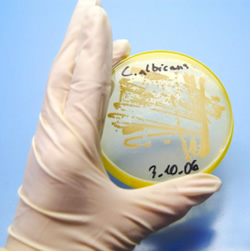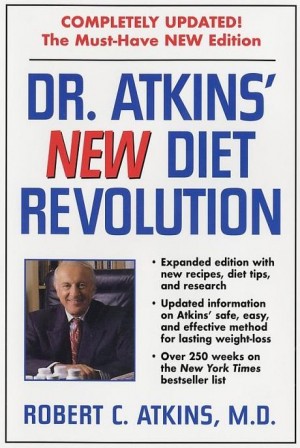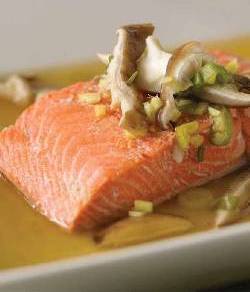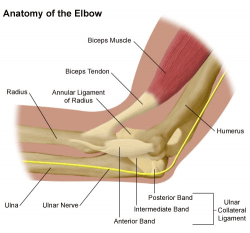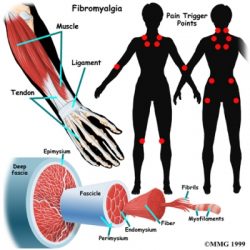Inflammation is the body’s natural defense against injury or disease. Chronic inflammation, on the other hand, is believed to be a major contributor to disease.
When your body experiences a constant inflammatory response, you become more susceptible to aging and chronic disease and we can’t say enough how important the Preventing Chronic Disease CME Courses are in these cases.
Instead of protecting our body, chronic inflammation slowly begins to destroy it, one cell at a time.
The Problem with Inflammation
 This inflammation has been connected to many diseases including: obesity, diabetes, atherosclerosis, high blood pressure, Alzheimer’s, Parkinson’s and some cancers.
This inflammation has been connected to many diseases including: obesity, diabetes, atherosclerosis, high blood pressure, Alzheimer’s, Parkinson’s and some cancers.
A number of factors are believed to contribute to chronic inflammation, but the most common and probably most important is your diet. The modern diet offers us an upside-down ratio of fatty acids (too little omega 3s, too much omega 6), too much sugar and simple carbohydrates or high levels of wheat and common food allergens.
High-carb, low-protein diets are pro-inflammatory. The biggest culprits are processed foods, sugary foods, unsaturated oils and trans (hydrogenated) fats. These types of foods are found everywhere in our society: snacks, fast foods, fried foods, pastries and so on. Refined sugar and other foods with high glycemic values increase insulin levels which over stimulate the immune system.
Lastly, be aware of increasing food sensitivities such as gluten, eggs, dairy, soy and nuts.
Prolonged increased levels of insulin are highly associated with chronic inflammation and glycosylation (addition of sugars to protein or lipid molecules). Glycosylation will increase the risk of many diseases including diabetes, heart disease and a number of cancers through the cytokine process.
When inflammation occurs, cytokines (cell-signaling proteins) are released into the blood as part of the healing response. Cytokines, though, can be destructive to our bodies resulting in inflammation, damaging blood vessels, nerve cells, cartilage and other tissues thus leading to further inflammation.
Common symptoms associated with chronic inflammation
Aches and pains Frequent infections Irritable bowel Indigestion Elevated blood pressure Elevated glucose levels Skin outbreaks, eczema Joint swelling Joint stiffness Weight gain/obesity
Other possible causes of chronic inflammation:
- Smoking
- Excessive caffeine
- Illegal drugs
- Alcohol
- Chronic stress
- Menopause
- Environmental toxins
An anti-inflammatory diet is a diet that is “clean” and is not based on the natural building blocks instead of based on the common north american diet that is loaded with high amounts of refined carbohydrates. So try eating good stuff like:
- Fruits and Vegetables
- Seafood
- Lean meats
- Unsaturated fats
- Plenty of water
Also it helps to supplement with the following
Anti-inflammatory supplements – think of the Foods containing these nutrients vs. supplements!
Essential fatty acids (EFA’s, Omega 3s), Folic acid Vitamins A, B, C, D, E Green tea Bioflavonoids (flavonoids)Glucosamine (for joints)
Dr. Dwight Lundell, Heart Surgeon on Chronic Inflammation As a Result of the Imbalance of Omega 3 and Omega 6 Fatty Acids:”The human body cannot process, nor was it designed to consume, foods packed with sugars and soaked in Omega-6 Oils.”
There are a few Oils you should not consume
- Safflower Oil
- Sunflower Oil
- Corn Oil
- Cottonseed Oil
- Sesame Oil
- Peanut Oil
- Soybean Oil
- Canola Oil
- Walnut Oil
Inflammatory Foods to Avoid Always
Simple, highly processed carbohydrates (sugar, flour and all the products made from them) in combination with any of the above oils.
What these products do to your body:
Again from Dr. Dwight Lundell, Heart Surgeon:
“Take a moment to visualize rubbing a stiff brush repeatedly over soft skin until it becomes quite red and nearly bleeding.
You kept this up several times a day, every day for five years.
If you could tolerate this painful brushing, you would have a bleeding, swollen infected area that became worse with each repeated injury.
This is a good way to visualize the inflammatory process that could be going on in your body right now.
Regardless of where the inflammatory process occurs, externally or internally, it is the same.”
Several times a day, every day, the foods we eat create small injuries compounding into more injuries, causing the body to respond continuously and appropriately with inflammation.
While we savor the tantalizing taste of a sweet roll, our bodies respond alarmingly as if a foreign invader arrived declaring war.”
